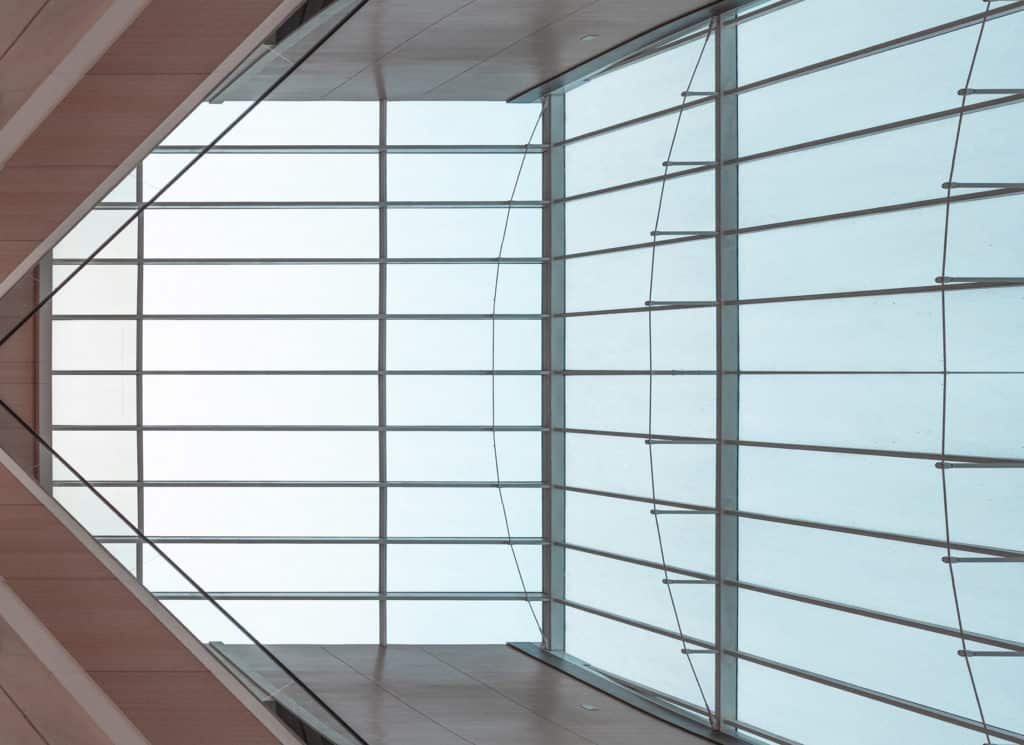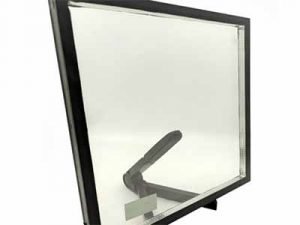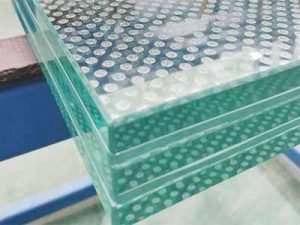The gigantic buildings in the world take the glass as the preferred curtain wall material, from the Burj Khalifa, the tallest building in the world, to the Shanghai Center Tower, the tallest building in China. From the windows and doors system of residential buildings to the facades system of commercial buildings. The glass has superior permeability, stunning appearance, and excellent thermal insulation.
However, before installing glass on the building, for the sake of installation convenience, durability, safety, and local laws and regulations, float glass needs further heat-treatment to reach the relevant requirements. Glass heat-treatment includes toughened glass and semi-toughened glass.
The similarities:
1. Using the same equipment (tempering furnace) to process.
2. The processing methods of the two kinds of glass are the same: heating the glass to softening point and then cooling to room temperature.
3. Both types of glass have higher mechanical strength than unheated-treated glass.
4. No further physical process after the finish.
5. The two kinds of glass have excellent compatibility and can be processed based on silkscreen glass and digital printing glass. Moreover, uses as the substrate of ordinary laminated glass, SGP structural laminated glass, and lowe insulating glass.
6. After processing, both kinds of glass stay the same thermal properties and optical properties as float glass.
The differences are as follows:
1. The cooling rate of tempered glass is faster. However, the semi-toughened glass is slower.
2. The mechanical strength of toughened glass is 4-5 times that of non-heat treated glass, and that of semi-toughened glass is 2 times.
3. Toughened glass is the safety glass, while semi-toughened glass is not safety glass.
4. Toughened glass has the defect of spontaneous breakage while semi-toughened glass not.
5. The physical deformation exists in tempered glass, but, semi-toughened glass has better flatness.
6. The minimize surface compression of toughened glass is 10000 psi, while the surface compress of semi-toughened glass is between 3500 psi to 7500 psi.
7. After broken, the toughened glass breaks into obtuse particles, while the semi-toughened is sharp knife edges similar to float glass.
8. The toughened glass will shatter immediately after breakage, which needs replacement at once. While the semi-toughened glass may remain in the frame until replaced.
In the end, whether to use toughened glass or semi-toughened glass, should be based on the requirements of the project, if the safety glass is required to use toughened glass, if there is no mandatory safety requirement, semi-toughened glass can be used.



